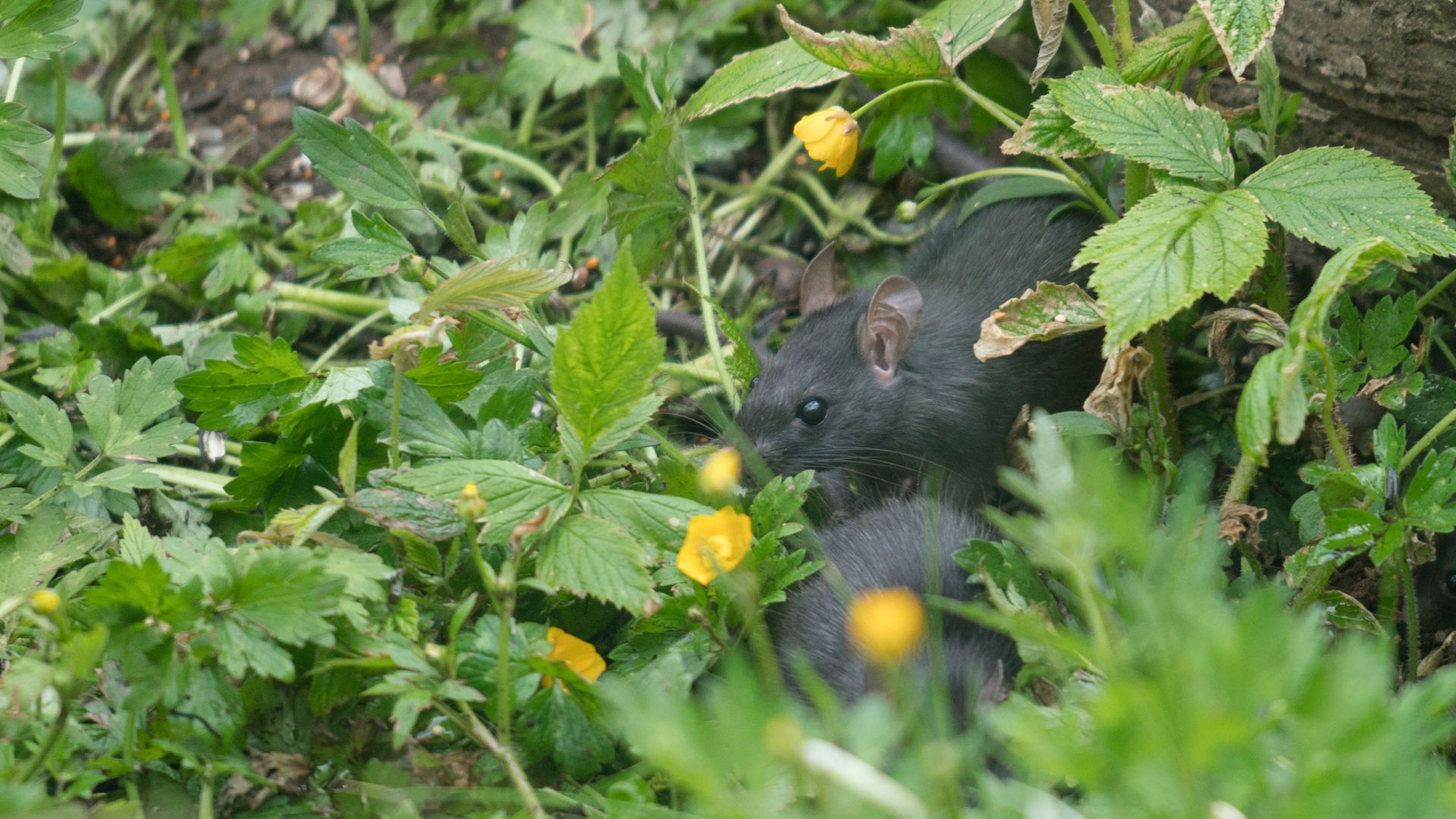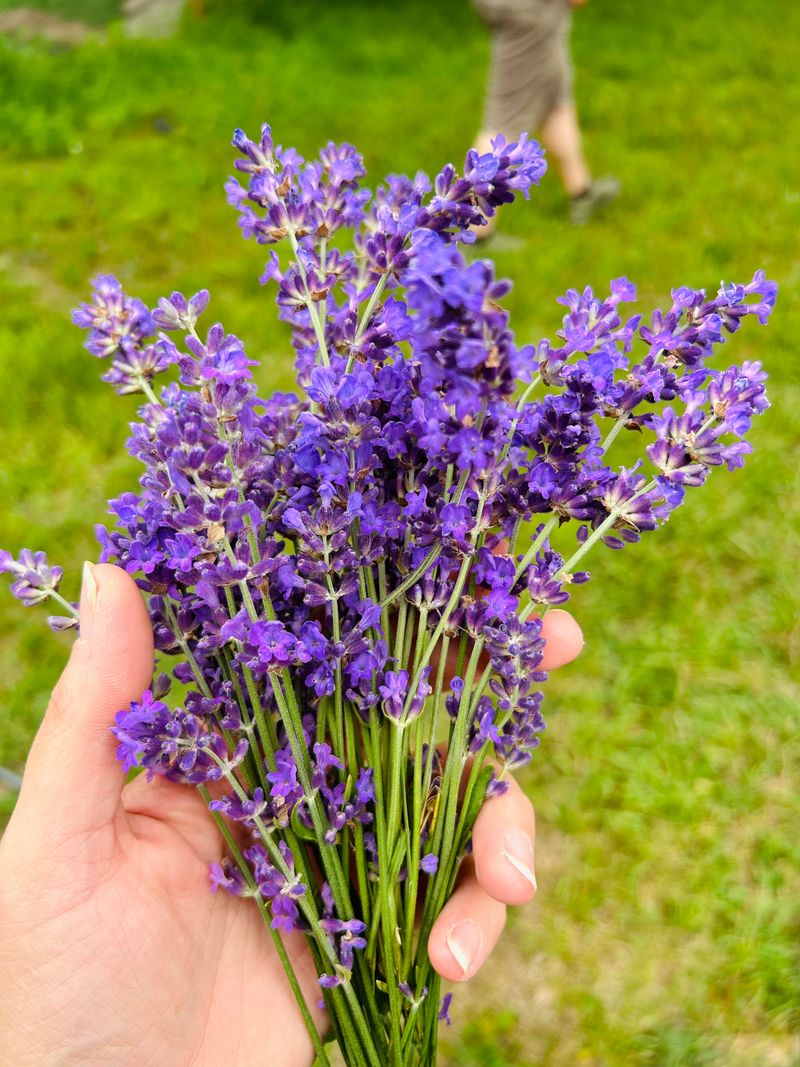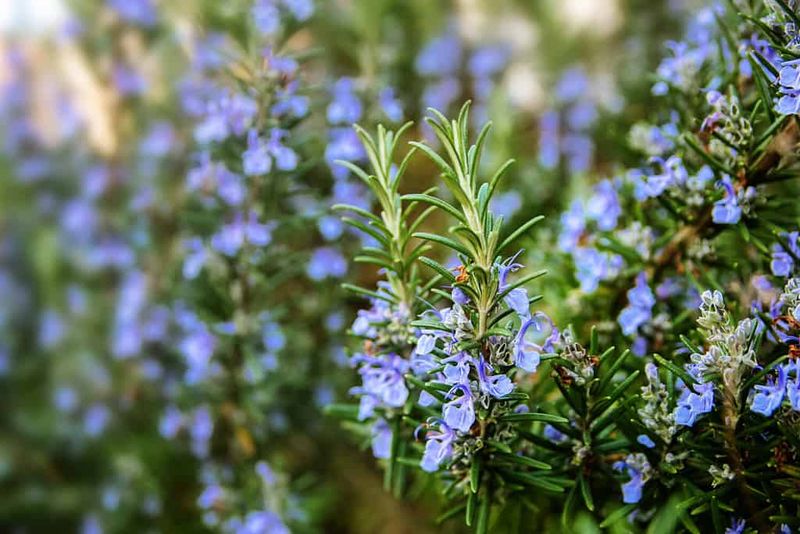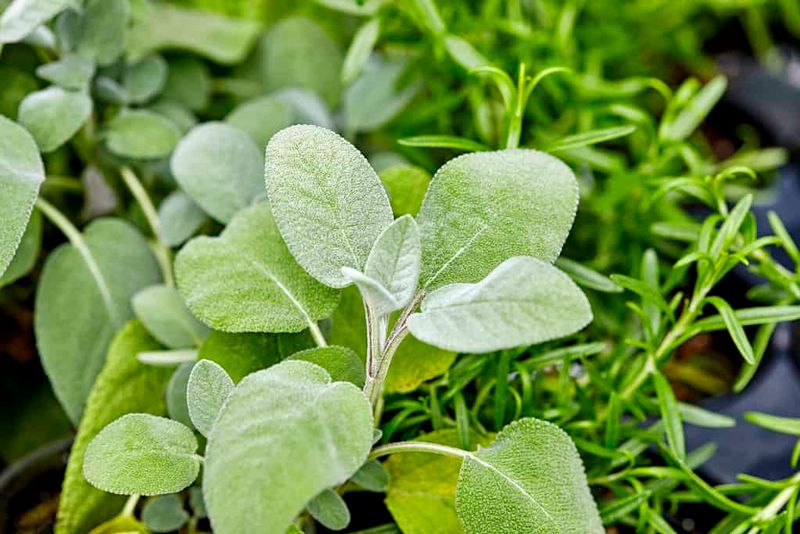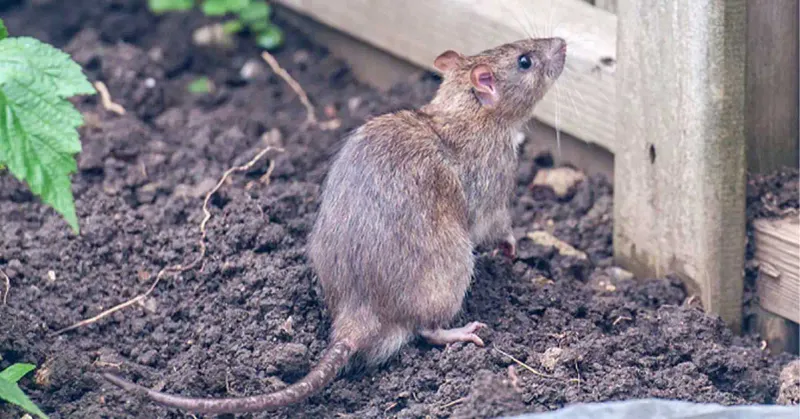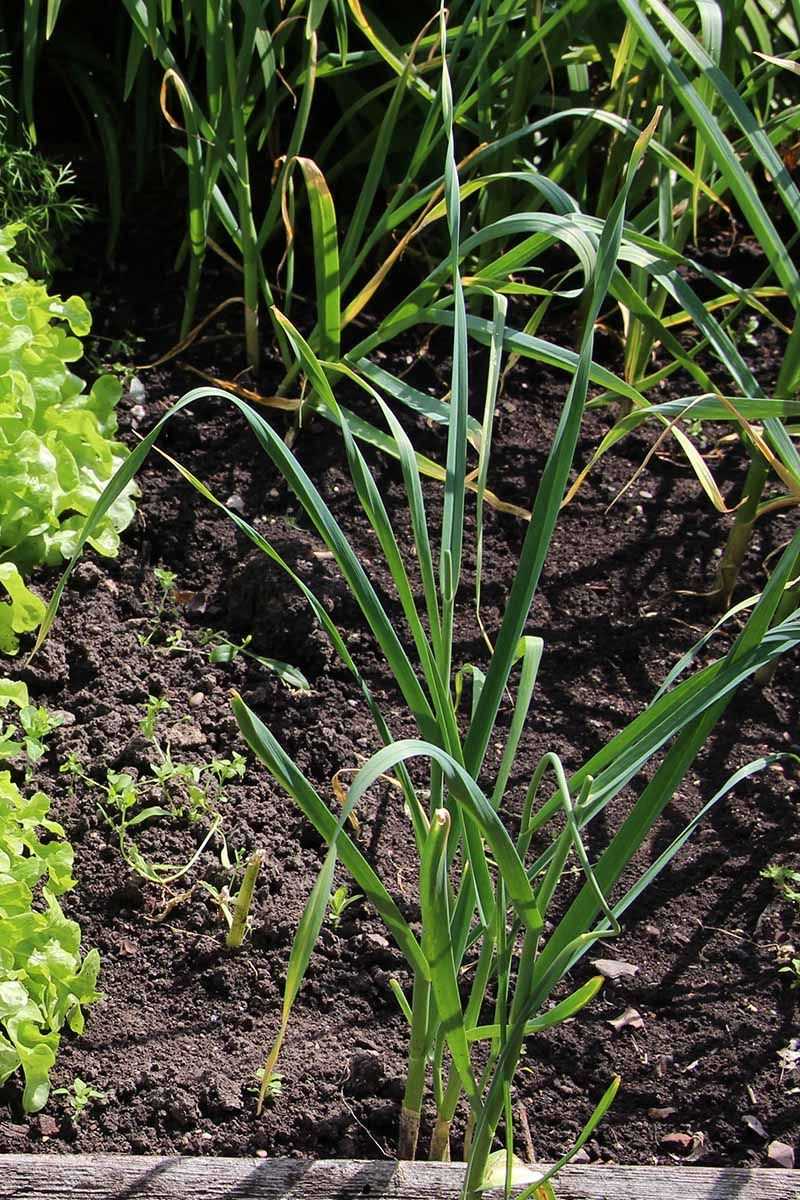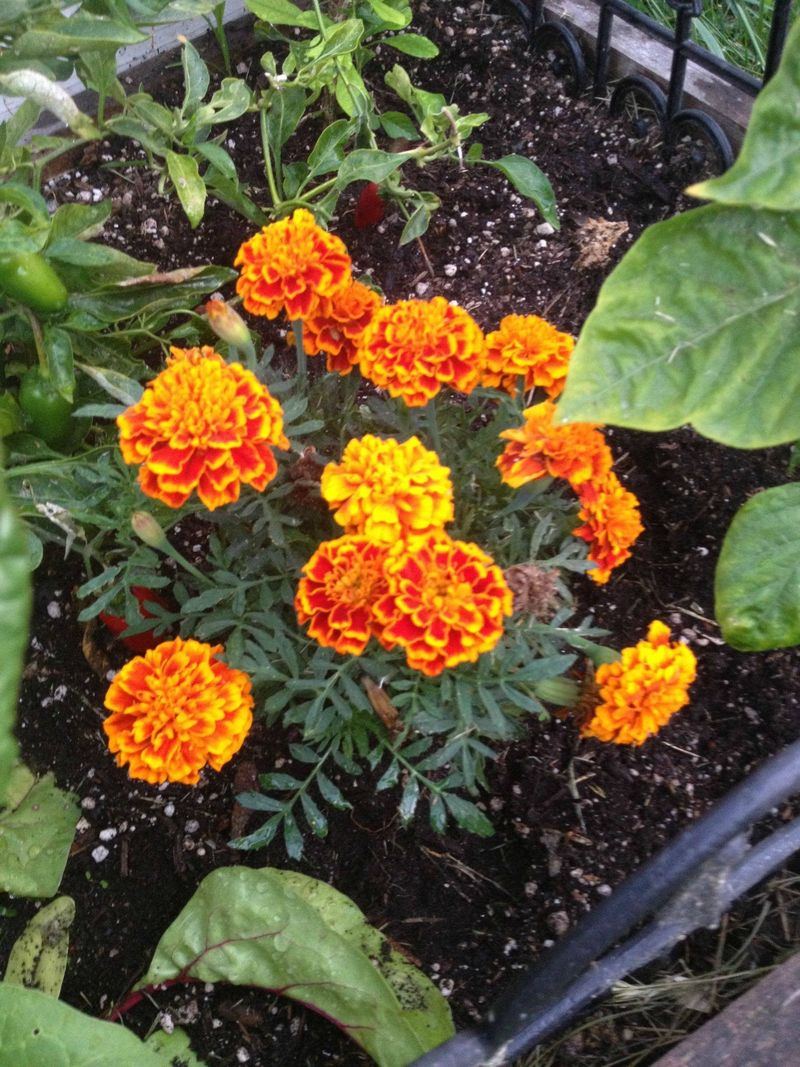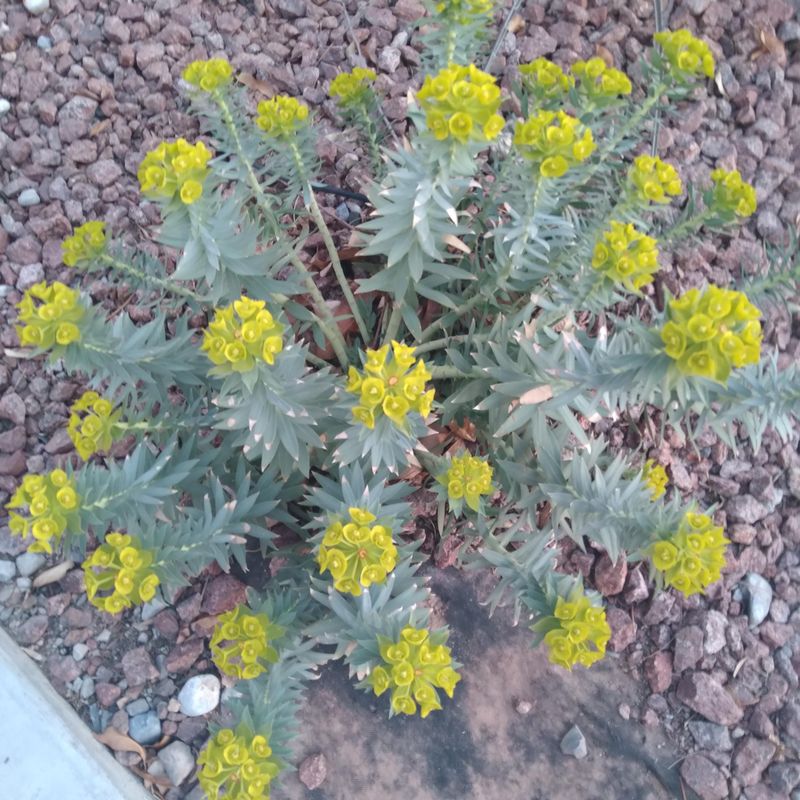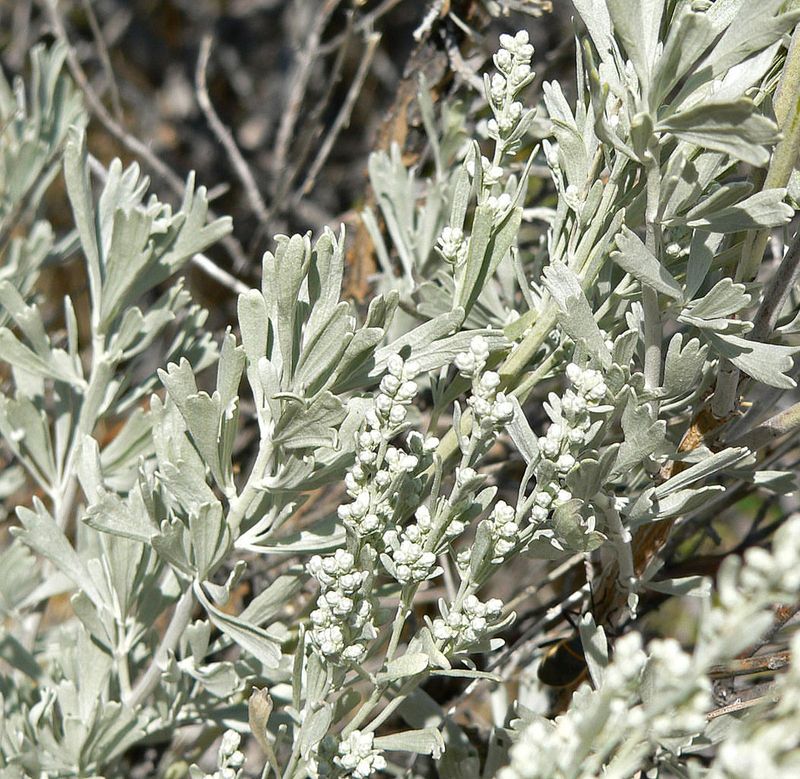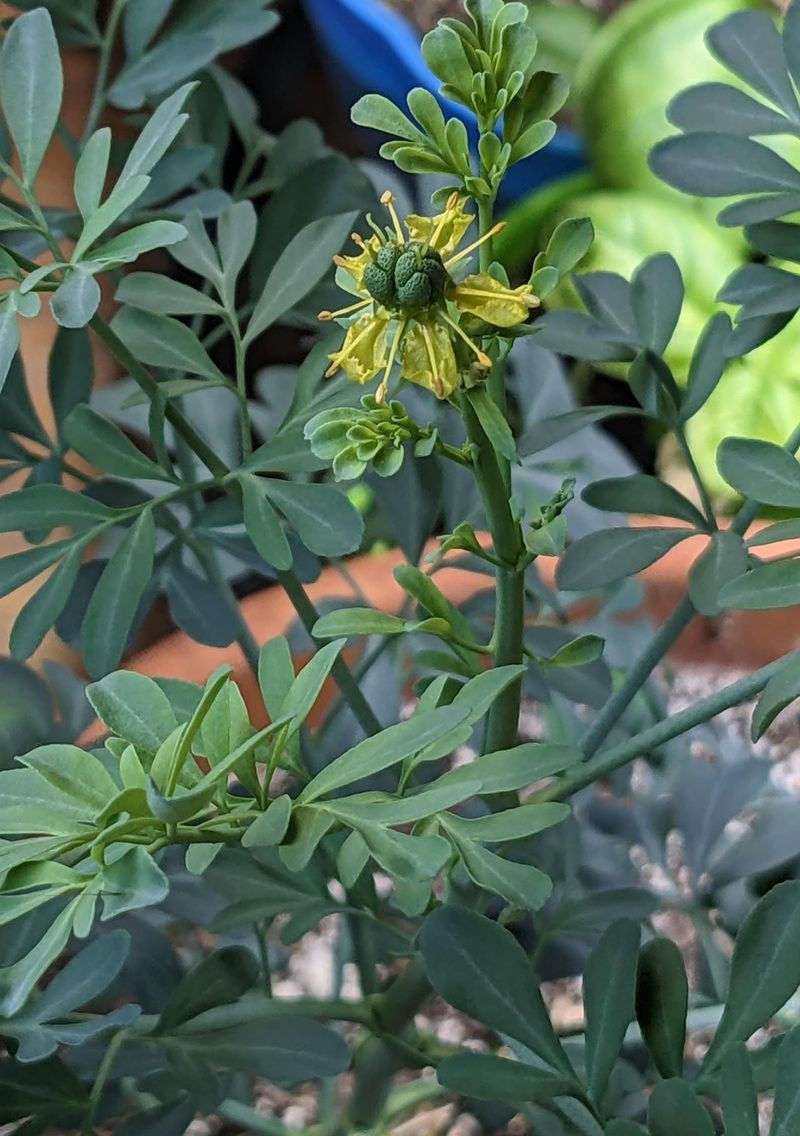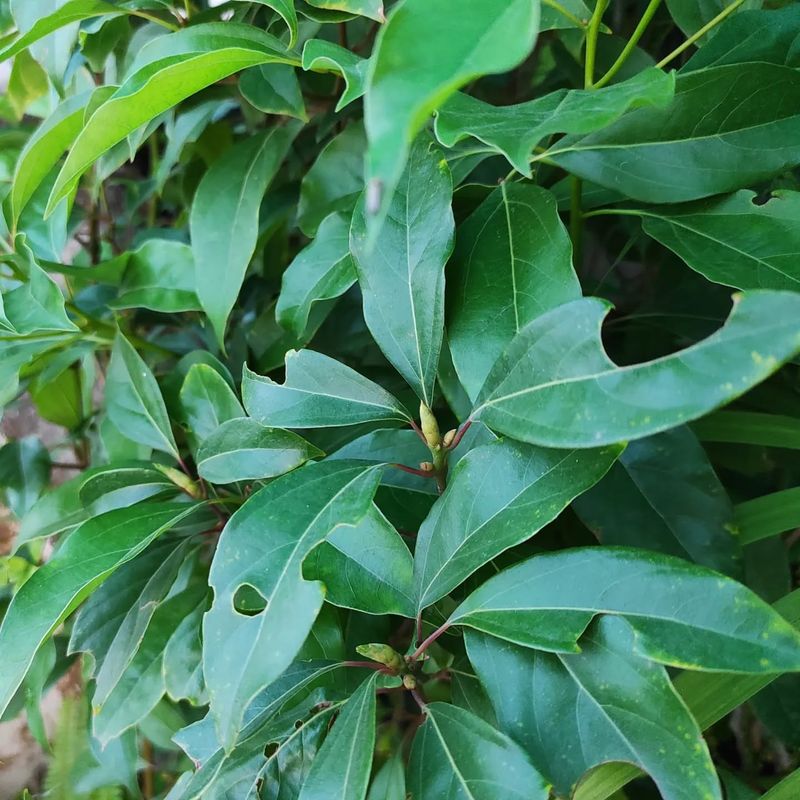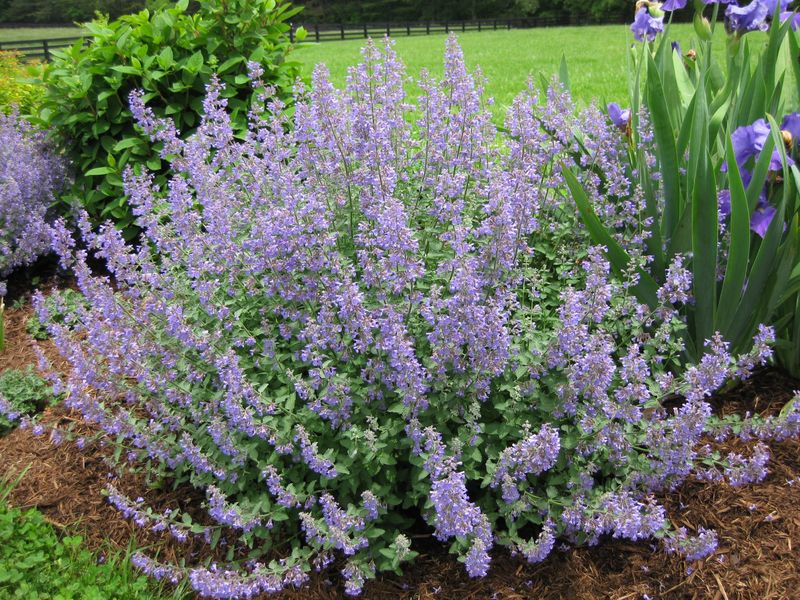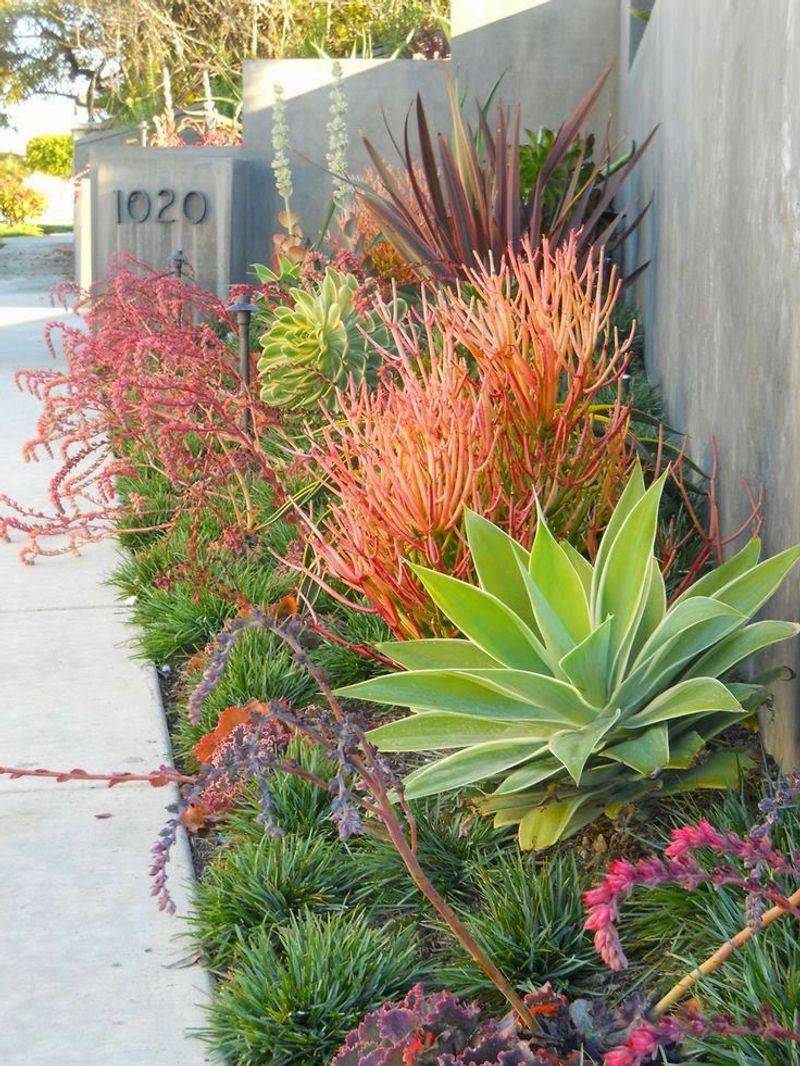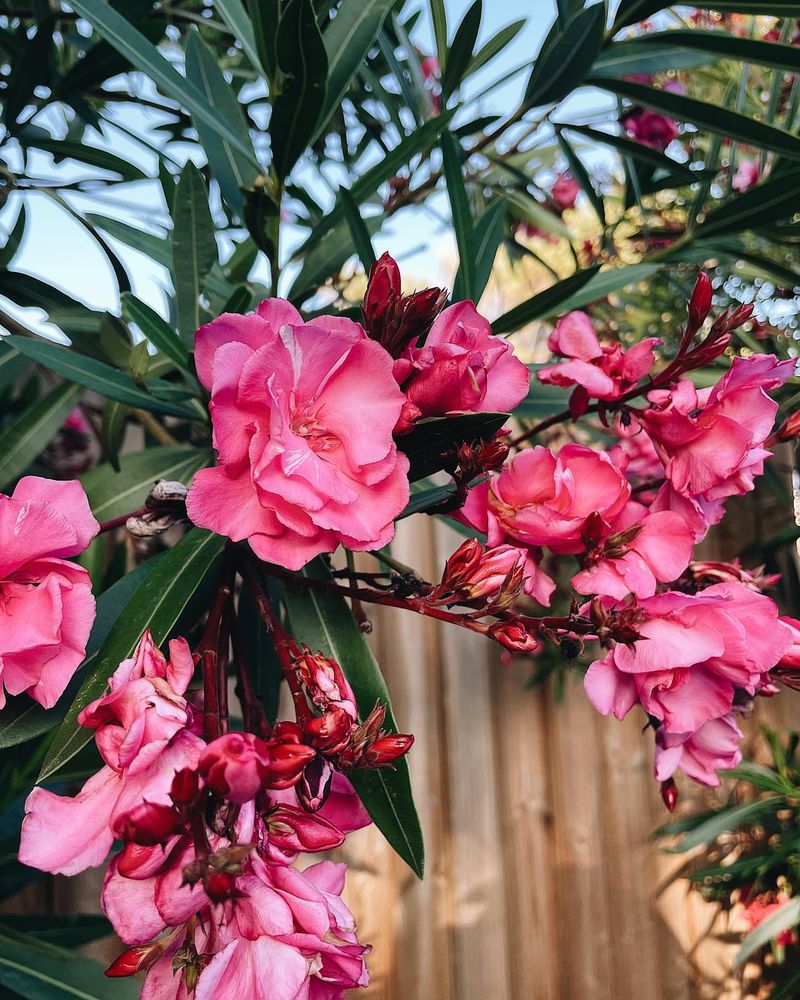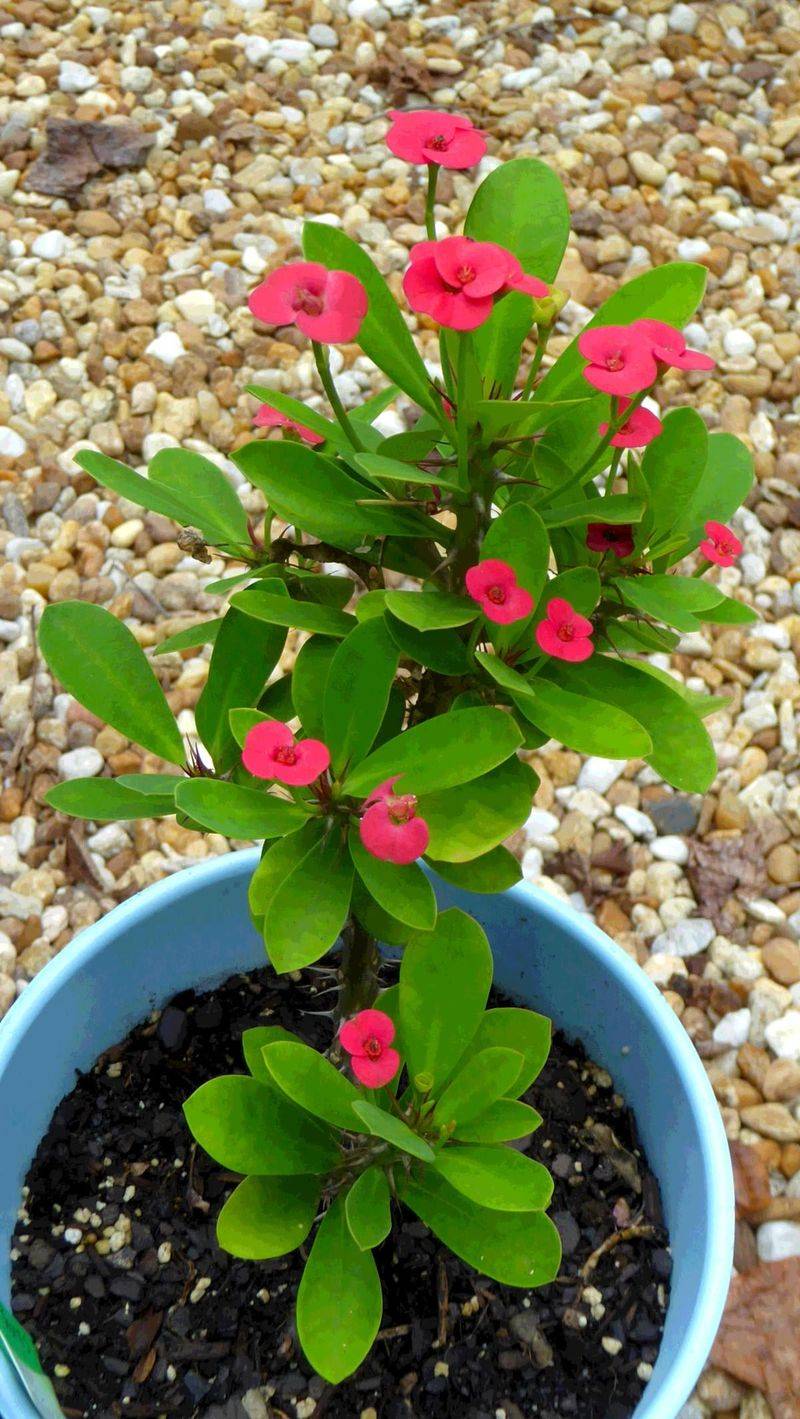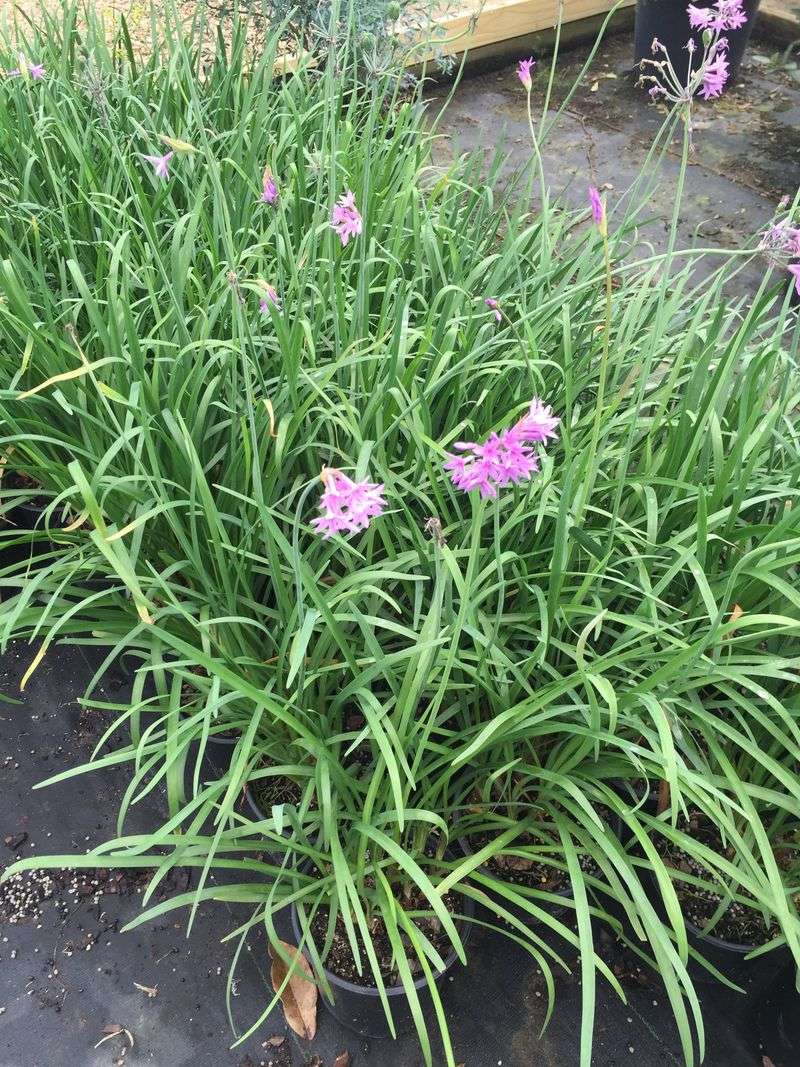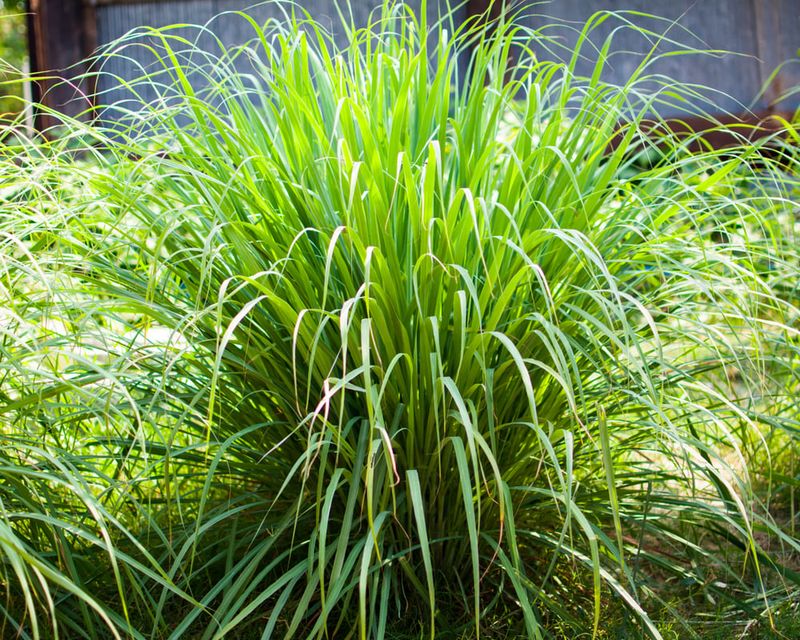Dealing with rats in your Arizona garden can be frustrating and downright maddening. These pesky rodents not only damage plants but can spread diseases and create unsightly messes around your property. Fortunately, Mother Nature offers some effective solutions through plants that naturally repel these unwanted visitors.
I’ve tried several of these plants in my own Arizona backyard after finding rat droppings near my prized vegetable garden. The results were impressive – much better than the expensive electronic repellers I’d wasted money on previously.
From desert-adapted herbs to native flowers that thrive in our hot climate, these plants pull double duty by beautifying your outdoor space while keeping rats at bay. Many require minimal water once established, making them perfect for our arid environment.
1. Mint
Rats absolutely hate the strong aroma that mint gives off. The scent overwhelms their sensitive noses and drives them to find less fragrant territory.
Growing mint in containers around entry points or problem areas creates a natural barrier. Just be careful – mint spreads aggressively in Arizona gardens if not contained.
During summer heat, give mint afternoon shade and regular water. The bonus? You’ll have fresh leaves for mojitos and tea while keeping rodents at bay.
2. Lavender
Few plants handle Arizona’s brutal heat while repelling rats as effectively as lavender. The intense oils that make this herb smell heavenly to us act as a natural deterrent to rodents.
Plant lavender near patios or outdoor living areas where you’ve spotted rat activity. The purple blooms add beauty while working hard to keep pests away.
Many Arizona gardeners report success with Spanish lavender varieties, which tolerate our desert conditions better than English types. Once established, they need minimal water.
3. Rosemary
Hardy and drought-resistant, rosemary thrives in Arizona’s climate while giving rats a reason to stay away. The woody fragrance that makes this herb a kitchen favorite creates an invisible barrier against rodents.
My neighbor planted rosemary bushes along her fence line after a rat invasion. Within weeks, she noticed significantly less activity and damage to her garden.
Upright varieties can grow into substantial bushes, creating physical and aromatic barriers. The plant needs almost no care once established – perfect for our water-conscious region.
4. Sage
Sage earns its place in Arizona gardens by combining rat-repelling properties with exceptional drought tolerance. The pungent aroma that makes it valuable in cooking confuses and irritates rodents’ sensitive smell receptors.
Russian sage and desert sage varieties perform particularly well in our harsh climate. Their silvery foliage adds visual interest while working hard to keep your space rodent-free.
Plant sage near compost piles or garbage areas – common rat attractants. The plant’s minimal water needs make it an environmentally friendly pest control option.
5. Onions
Growing onions creates an underground defense system against burrowing rats. The strong sulfur compounds that make us cry when cutting them act as powerful rodent deterrents.
Fall-planted onions do exceptionally well in Arizona gardens, maturing during our mild winters. Scatter them throughout vegetable beds or along fence lines where rats might enter.
Unlike some repellent plants, onions provide a harvest while protecting your garden. The pungent roots work even before the bulbs fully develop, giving continuous protection.
6. Garlic
Nothing sends rats running faster than the potent aroma of garlic. The sulfur compounds that give garlic its distinctive smell overwhelm rats’ sensitive noses and create an effective natural barrier.
Arizona gardeners find fall-planted garlic particularly effective, as it grows through our mild winters when rat problems often intensify. The plants need minimal care and moderate water.
Interplanting garlic with vulnerable crops provides targeted protection. After harvest, scatter crushed cloves in problem areas for immediate repellent action while new plants establish.
7. Marigolds
The cheerful orange and yellow blooms of marigolds hide a secret superpower – rats hate them! Their distinctive smell comes from natural compounds that disrupt rodents’ sensitive noses.
Border your vegetable garden with these easy-growing flowers for a protective barrier that adds color. Even in Arizona’s summer heat, marigolds keep blooming with moderate water.
Mexican marigold varieties (Tagetes lemmonii) are particularly suited to our climate and offer enhanced pest control. The plants self-seed readily, providing years of protection with minimal effort.
8. Euphorbia
Euphorbia plants contain a milky sap that rats find repulsive. When they attempt to chew these plants, the bitter taste and irritating compounds quickly teach them to avoid your garden.
Many euphorbia varieties thrive in Arizona’s harsh conditions, needing almost no supplemental water once established. Their architectural shapes add visual interest to xeriscape designs.
Gopher plant (Euphorbia rigida) works particularly well for rat control in desert gardens. Just wear gloves when handling – the same sap that deters rats can irritate human skin.
9. Wormwood
Wormwood’s silvery foliage contains powerful compounds that rats find absolutely intolerable. The plant thrives in Arizona’s harsh climate, making it an ideal natural repellent for desert gardeners.
Plant wormwood near sheds, compost piles, or other potential rat habitats. The bitter aroma creates an invisible barrier that keeps rodents at a distance without harming them.
Once established, this perennial needs almost no care or water. Its drought tolerance and pest-repelling properties make it a sustainable choice for environmentally conscious Arizona gardeners.
10. Rue
Rue’s blue-green foliage contains natural compounds that rats find deeply offensive. The bitter aroma that gives rue its pest-repelling power persists even in Arizona’s intense summer heat.
Many Arizona gardeners plant rue near entry points where rats might access structures. The plant’s drought tolerance makes it perfect for our water-restricted environment.
Handle with care when planting – rue can cause skin irritation for some people. This same quality makes it effective against rodents, who quickly learn to avoid areas where this Mediterranean native grows.
11. Camphor Plant
The strong aromatic oils in camphor plants overwhelm rats’ sensitive olfactory systems. Even in Arizona’s hottest months, these plants maintain their rat-repelling properties while adding tropical flair to gardens.
Growing camphor plants in containers allows strategic placement near problem areas. In our climate, they appreciate afternoon shade during summer and protection from winter freezes.
The glossy leaves remain attractive year-round, making this both a functional and ornamental addition. Many gardeners in central Arizona report significant reductions in rat activity after adding these plants.
12. Catnip
While catnip attracts felines, it has the opposite effect on rats. The natural compound nepetalactone that makes cats go crazy actually repels rodents effectively.
Growing catnip in Arizona gardens requires some afternoon shade and regular water during summer months. The plant’s aromatic oils intensify in our dry climate, enhancing its rat-repelling properties.
An added benefit – neighborhood cats attracted to your catnip provide additional rat deterrence. Just be prepared for feline visitors who may roll in and damage plants in their enthusiasm!
13. Agave
Agave plants create physical barriers rats won’t cross while perfectly suited to Arizona’s harsh climate. Their sharp spines and tough leaves prevent rodents from establishing pathways through your garden.
Planting agaves around the perimeter of your property creates an effective defensive line. Once established, these iconic desert plants need almost no supplemental water.
The century plant (Agave americana) grows particularly large, creating substantial barriers. For smaller spaces, consider Agave parryi or other compact varieties that offer the same protective benefits.
14. Oleander
Oleander’s toxic properties make it a plant rats instinctively avoid. The bitter compounds in all parts of the plant signal danger to rodents, keeping them far from your Arizona garden.
These drought-tolerant shrubs create effective living fences when planted along property lines. Their dense growth habit eliminates rat pathways while providing privacy and wind protection.
Just remember that oleander is toxic to humans and pets too. Plant it away from areas where children play or pets roam, using its protective properties in peripheral garden areas.
15. Crown of Thorns
Crown of thorns combines rat-repelling properties with remarkable heat tolerance, making it perfect for Arizona gardens. The spiny stems create physical barriers while the plant’s bitter sap deters rodents from chewing.
Growing beautifully in containers, these plants can be positioned near vulnerable areas. Their minimal water needs align perfectly with desert conservation efforts.
During summer, the bright pink or red blooms add color while continuing to work as pest control. Many Phoenix-area gardeners report these plants remain attractive even when temperatures exceed 110°F.
16. Society Garlic
Society garlic delivers powerful rat-repelling benefits while thriving in Arizona’s challenging climate. The pungent aroma that gives this plant its name creates an effective barrier against rodents.
Unlike true garlic, society garlic forms attractive clumps with pretty purple flowers. The ornamental quality makes it suitable for front yards and visible areas while still deterring pests.
Plant it around the foundation of structures or near patios where rats might seek shelter. Even during dormant winter periods, the underground bulbs continue releasing deterrent compounds into the soil.
17. Lemongrass
Lemongrass contains citronella oil – a natural compound rats find deeply offensive. The strong citrus scent that makes this plant popular in cooking creates an aromatic barrier rodents won’t cross.
Growing lemongrass in Arizona requires regular watering, but the pest control benefits justify the extra attention. Many gardeners place it near outdoor dining areas for dual-purpose protection against rats and mosquitoes.
During winter, protect plants from frost or grow in containers that can be moved. The fresh stalks can be harvested for cooking while maintaining the plant’s rat-repelling properties.

